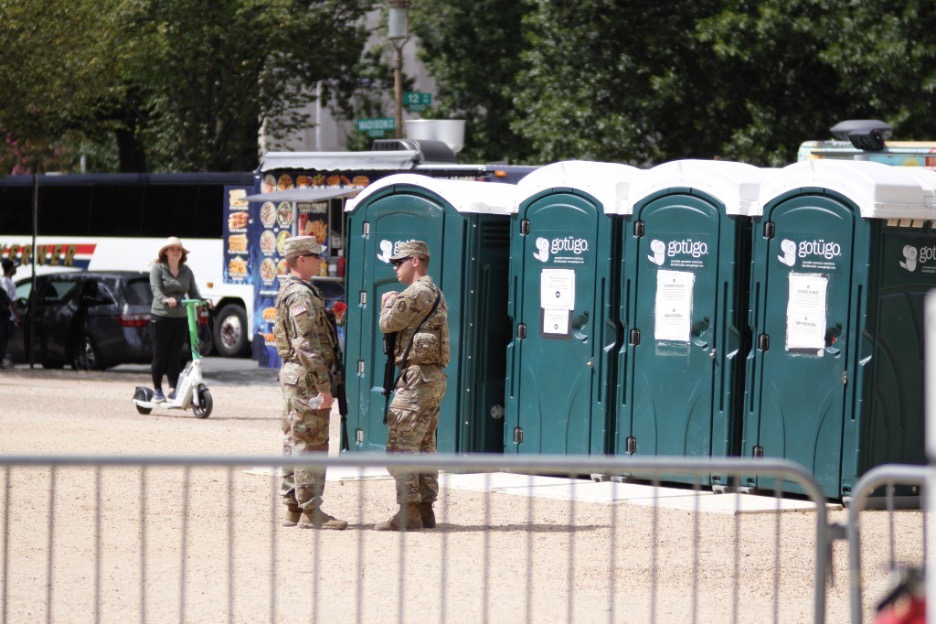Revoking Security Clearances—A Short Update
Yesterday, Bradley Moss penned an excellent explainer of how the security process works and how revocation of security clearances are handled. In particular he explained how one Supreme Court case, Department of the Navy v. Egan, is generally read to preclude judicial review of the substance of a security clearance determination.
Published by The Lawfare Institute
in Cooperation With

Yesterday, Bradley Moss penned an excellent explainer of how the security process works and how revocation of security clearances are handled. In particular he explained how one Supreme Court case, Department of the Navy v. Egan, is generally read to preclude judicial review of the substance of a security clearance determination. He also noted, however, that Webster v. Doe, opened the door slightly to procedural constitutional due process claims relating to those determinations.
By sheer coincidence, today the U.S. Court of Appeals for the D.C. Circuit issued a decision in a security clearance case, Palmieri v. U.S., that bears on these issues. Palmieri's personal case seems frivolous and was dismissed. What is notable, however, is the concurrence from Judge Katsas. He notes that it is unclear whether or not Egan bars non-frivolous constitutional challenges to the denial or revocation of a security clearance. Indeed, he notes that such challenges might go either to the investative or to the adjudicatory process. While taking no position on the legal question Judge Katsas makes clear that he thinks it is not necessarily goverened by Egan and that the issue should be address by the Circuit.
Given that the former national security officials named by the president would have a non-frivolous claim that the revocation of their clearances was for protected constitutional speech, Judge Katsas' concurrence is both relevant and coincidentally quite timely.




-(1).png?sfvrsn=dd820f87_5)
